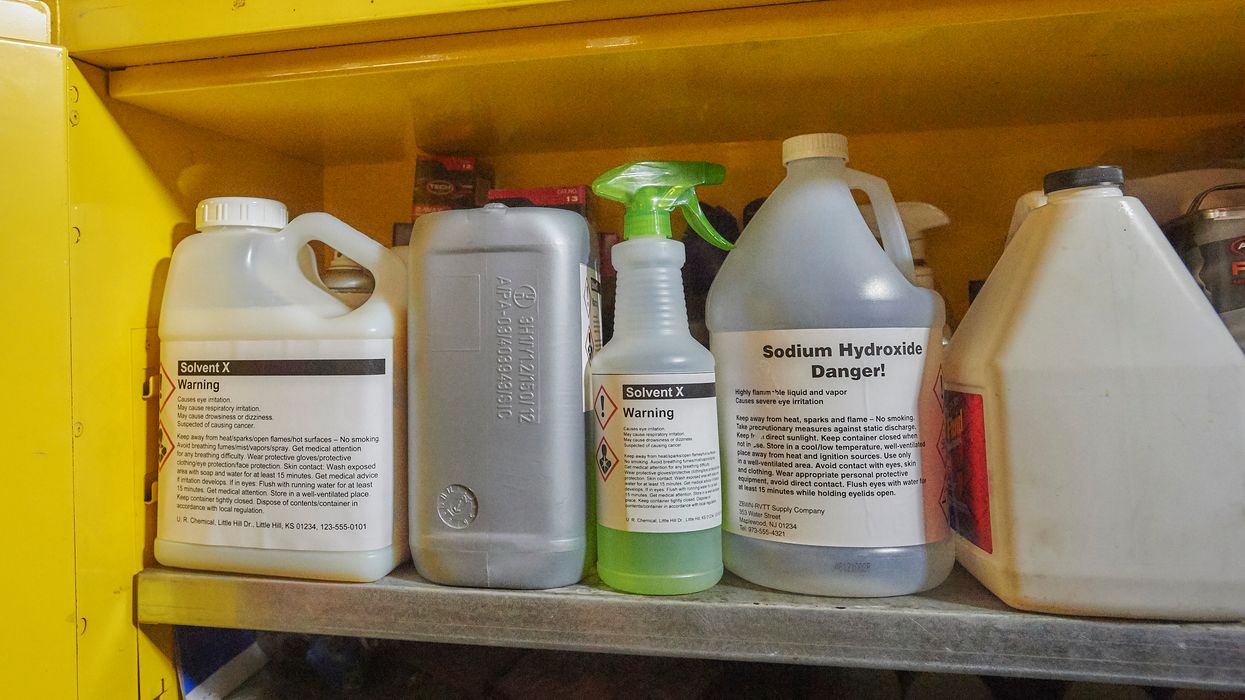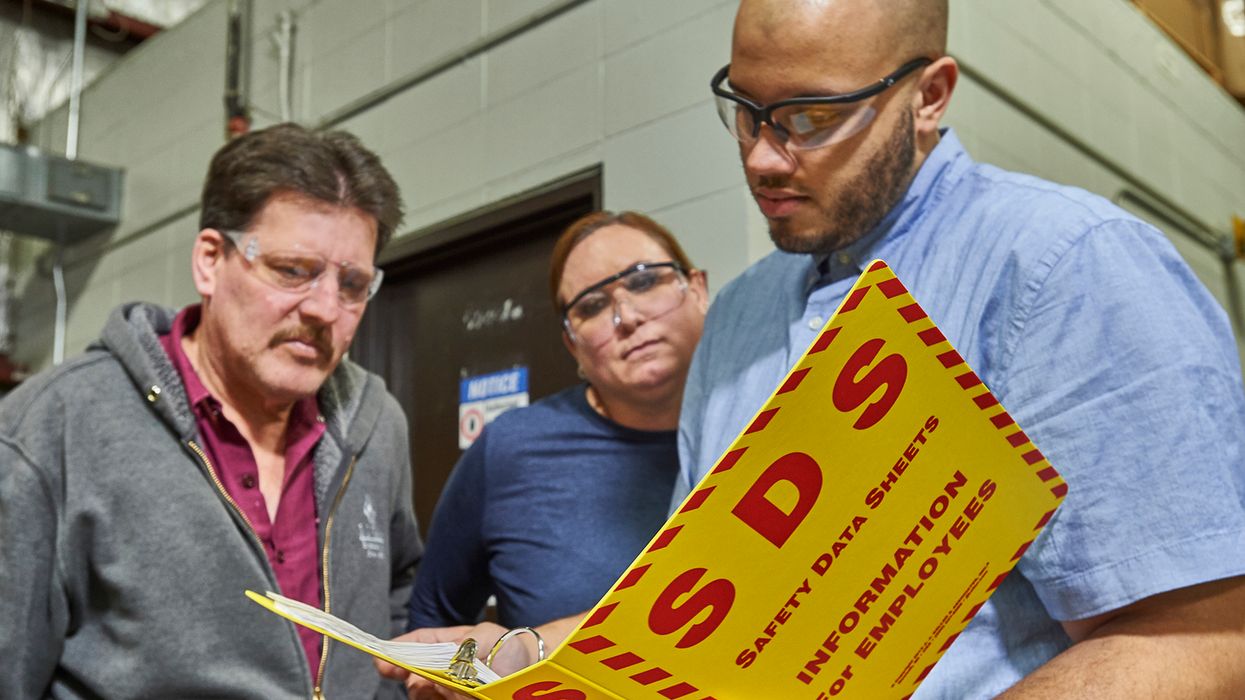When you have this one key ingredient, employees stick around
Meaningful work, positive emotions, and workplace friendships all foster strong employee well-being. But what if you could choose just one to champion in your workplace?
Friendship is the clear winner, says Michael Dickerson, a human resources consultant specializing in workplace mental health. He spoke on “From Languishing to Flourishing – Why Mental Health in the Workplace Matters” at the 2024 Society for Human Resource Management (SHRM) Annual Conference.
“Relationships are everything,” he said, noting that having a best friend at work helps determine whether an employee will stay in a job.
In addition, positive relationships at work stemming from social support help employees thrive and flourish, and when that happens “we know they’re going to perform better and be more productive,” Dickerson said.
A 2022 Gallup report found that having a best friend at work contributes to success for both the employee and the company. When employees have a best friend at work, the Gallup data indicates that they are more likely to:
- Engage customers and coworkers
- Get more done in less time
- Support a safe workplace
- Innovate and share ideas
- Have fun while at work
Friendship in the workplace also helps combat loneliness, which can strain mental health. A 2024 American Psychiatric Association survey showed that adults feel lonely at least once a week, and 17 percent rank work as one of the top three areas where they feel a sense of community and belonging.
Moving from languishing to flourishing
Friendship can also be a source of support for employees who are languishing. Languishing workers might feel empty and have a sense of being unfilled in their jobs.
In addition to friendship, meaningful work can help, Dickerson said. “Do your employees feel like their values are aligned with the values of the organization?” he asked.
Finding what motivates an employee, whether that’s work-life balance or the opportunity to move into a new role, can edge them out of languishing toward flourishing.
It takes three positive emotions to overcome a negative one, Dickerson pointed out. Nurturing positive emotions, such as joy, kindness, gratitude, and inspiration, helps employees prosper.
Seven ways to support workplace friendship
When employers pay attention to worker mental health, they help workers realize their potential, Dickerson noted. Not only are workers with strong mental health better able to cope with stress, they are more likely to flourish.
Supporting the workplace connections that build well-being isn’t always easy in today’s workplace. Team members may be working remotely on some or all days, lowering the opportunities for chance meetings in the hallway and bonding during discussions in the break room.
Because of this, employers need to be intentional about supporting the workplace friendships that can help their employees thrive. To do this:
- Offer opportunities for interaction. Foster online and in-person gatherings that align with employee interests, such as clubs for those interested in books, games, or cooking.
- Plan gatherings. An employee committee could schedule group events such as a golf outing, ball game, or movie night. Offering a few optional events each year gives employees an opportunity to participate in one that they find intriguing.
- Encourage volunteering. A department or group of employees might clean up a local park, support a food pantry, or work with a home building nonprofit. To encourage participation, offer paid time off for volunteering.
- Schedule chat time. Once or twice a month, set aside half an hour for online or in-person meetings where no work talk is allowed.
- Don’t discourage chit-chat. The small talk that happens naturally when people are in the same room for a meeting can be part of a virtual meeting as well. Those who arrive early can spend a few minutes checking in with their coworkers. The meeting still needs to start on time, but a few minutes of chatting can help remote workers form important workplace bonds.
- Pair team members on tasks. Friendships can form when people work together toward a common goal.
- Use friendly communication. During a team meeting or in an email, leaders can recognize work anniversaries, highlight achievements, and introduce new team members. Providing insights like these helps employees establish connections and makes them aware of common interests that lead to friendship.
Key to remember: Workplace friendships may be the key to increased employee engagement and lower turnover.
































































